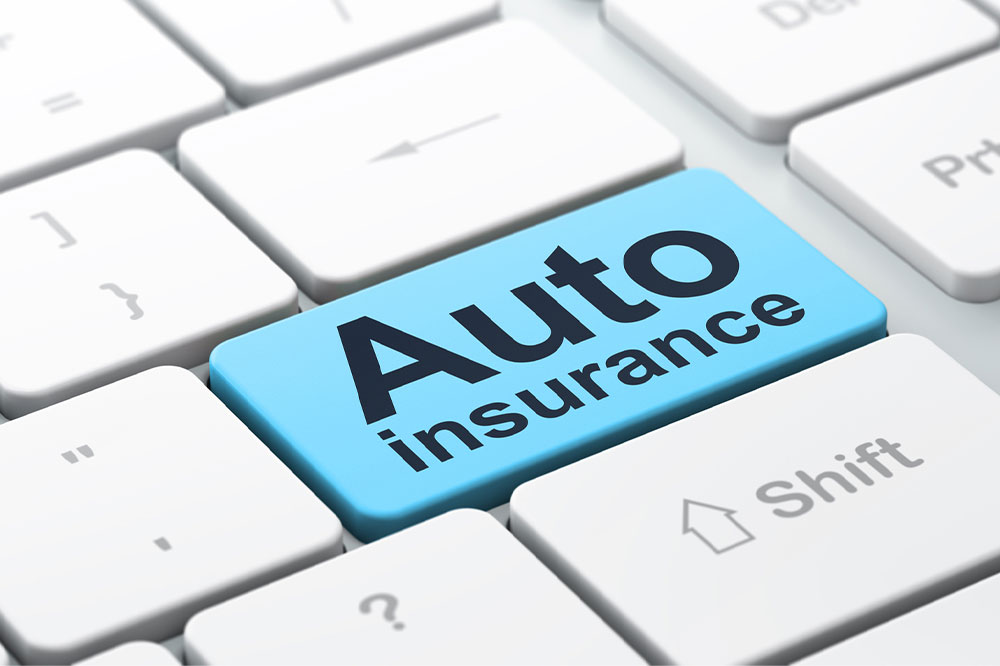10 Mistakes to Avoid When Buying Auto Insurance

Buying and claiming auto insurance was one of the biggest headaches for car owners a few years ago. But thanks to various apps and websites, the process is much easier today. Still, many people make mistakes while purchasing insurance online, which causes a lot of confusion. The following are typical errors to avoid when getting auto insurance. These tips will help you select the best policy in the market and enjoy a seamless process.
Not assessing your needs
There are dozens of auto insurance firms, each with a unique assortment of plans. While there is no best plan, some could suit your needs more than others. For instance, if you have a teen driver in the family, you should look for policies created for young adults. If you are a cautious driver, an insurer with a telematics plan can help you get rewards for your safe driving. Keeping all this in mind, you should go about your research to get the most suitable insurance quote.
Not researching enough
Shopping for insurance is like shopping for clothes—you must find the right fit for you and your vehicle. So, do not buy in a hurry. It would help to do some basic research before purchasing or renewing a plan. You can visit the insurer’s website to read about the different packages available and compare them. It is necessary to be patient and take enough time to study the details so that you find the most suitable policy. Research is the foundation for an informed decision and can help avoid confusion later.
Ignoring third-party ratings
Reading customer reviews is perhaps the best way to assess insurance companies. But where do you look for these reviews? Even if the insurer has a reviews section on its website, you will likely be skeptical since they may be selective about which reviews appear. In contrast, third-party ratings tend to be more objective. They can help you understand the provider’s insurance process, their quality of customer service, and the ease or difficulty of filing claims.
Not knowing the coverage you require
Full-coverage auto insurance is not for everyone since it can be expensive. The coverage you need will depend on your vehicle’s type, cost, how much you use it, your driving skills, the driving conditions, and the weather. Of course, you also have to consider the minimum coverage requirements set by the state. Contact an agent in the company to narrow down your options and get an auto insurance quote. Ask them anything you need to know before deciding on a coverage amount.
Not understanding the terms and conditions
Buying auto insurance means signing a contract with the insurer. So, like with every contract, there will be terms and conditions. You must understand what you are signing up for and what you need to submit when raising a claim. Policy wordings are specific to each policy, so it is crucial to understand the insurer’s liability. Research well and contact the insurance company to get details of the plan and its terms and conditions. You need not become an expert in auto insurance, but you should understand the basics to make the proper selections.
Choosing the wrong deductible
A deductible is a minimum amount you must pay for damages before the auto insurance company steps in to clear the rest. A lower deductible will cost you more in premiums, but in the event of an accident, your out-of-pocket expense will be less. On the other hand, a plan with a high deductible will save you money on premiums, but you will need to pay more if you get into an accident. Since selecting the wrong deductible could cost you a lot of money, it is essential to strike a balance between the premium and the deductible. To choose the right plan, consider the road conditions, your driving skills, and how often you get into accidents. Comparing auto insurance quotes online can help you understand the options available and enable you to pick the one that works for you.
Hiding the truth
Truth is golden, especially when applying for auto insurance. It can become problematic if the company finds inconsistencies when accessing your driving records and personal information. The company could refuse to insure you or may even reject your application. But this is not the worst part. If an accident occurs and they discover you lied, the provider can refuse to pay a claim and cancel your policy. Buying a new auto insurance policy can also be challenging since other companies can access your previous records.
Not checking the claims process
Every insurer follows a different process for clearing auto insurance claims. Some have mobile apps, while others require you to use their website. A few ask you to talk to a representative over the phone or meet with a local agent. Shortlist auto insurance companies depending on what suits you best. Most people today prefer handling things digitally, whether paying bills, requesting a claim, or renewing an auto insurance policy.
Not looking for discounts
Besides deductibles, payment schemes, and claims processes, you must check for discounts before signing up with an auto insurance firm. You can learn about your prospective insurer’s discounts by visiting their website periodically. Use them to get the best out of your plan!
Not picking the right add-ons
Many insurance providers offer customizable policies where you can select the features you need. This customization allows you to get the best value for your buck. So, do not forget to learn about the different add-ons available. Select individual components based on your driving habits, the model of your automobile, and where you drive.
Once you have considered the above points and shortlisted a few auto insurance companies, you can contact them for a quote. Some provide a quote after you fill out details on their website, while others require you to speak to an agent.







